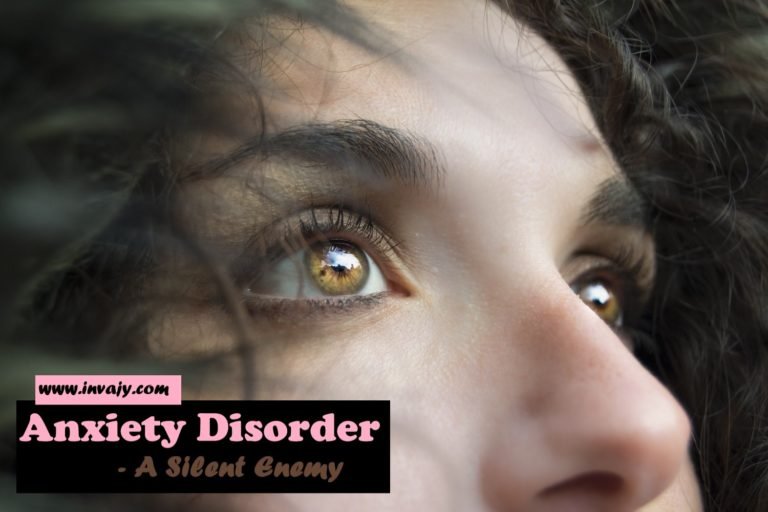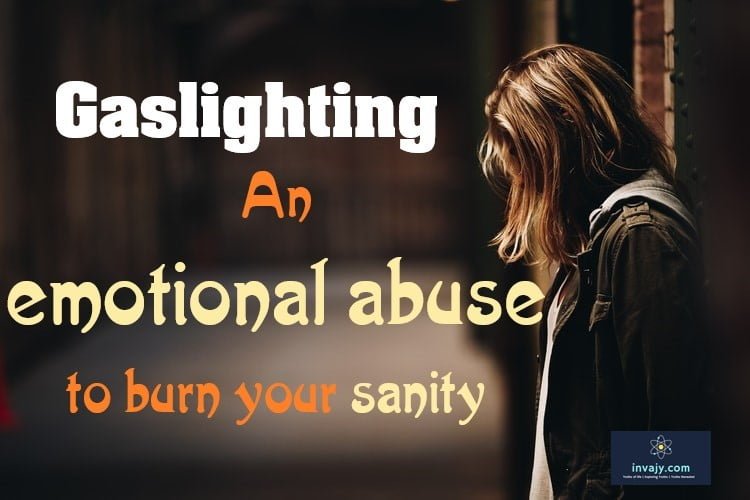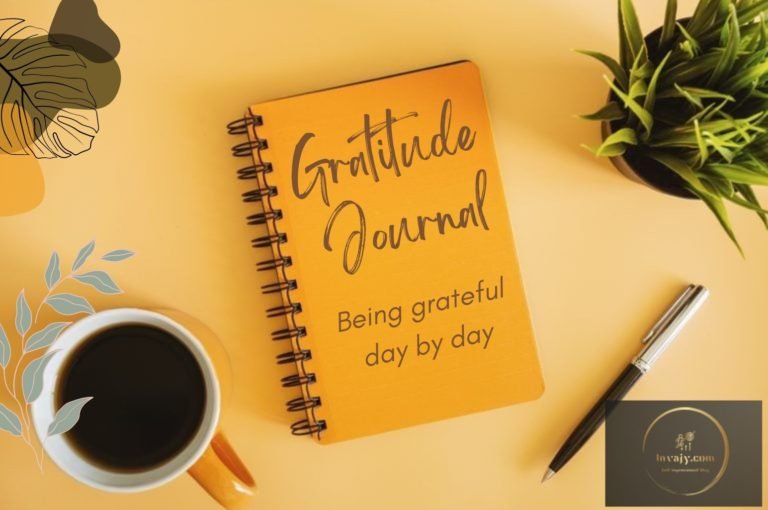Chakras Balancing for Aligning Your Body’s Energy
Achieve harmony with Chakra Balancing! Discover techniques to align and energize your chakras, promoting physical, emotional, and spiritual well-being for a balanced life.
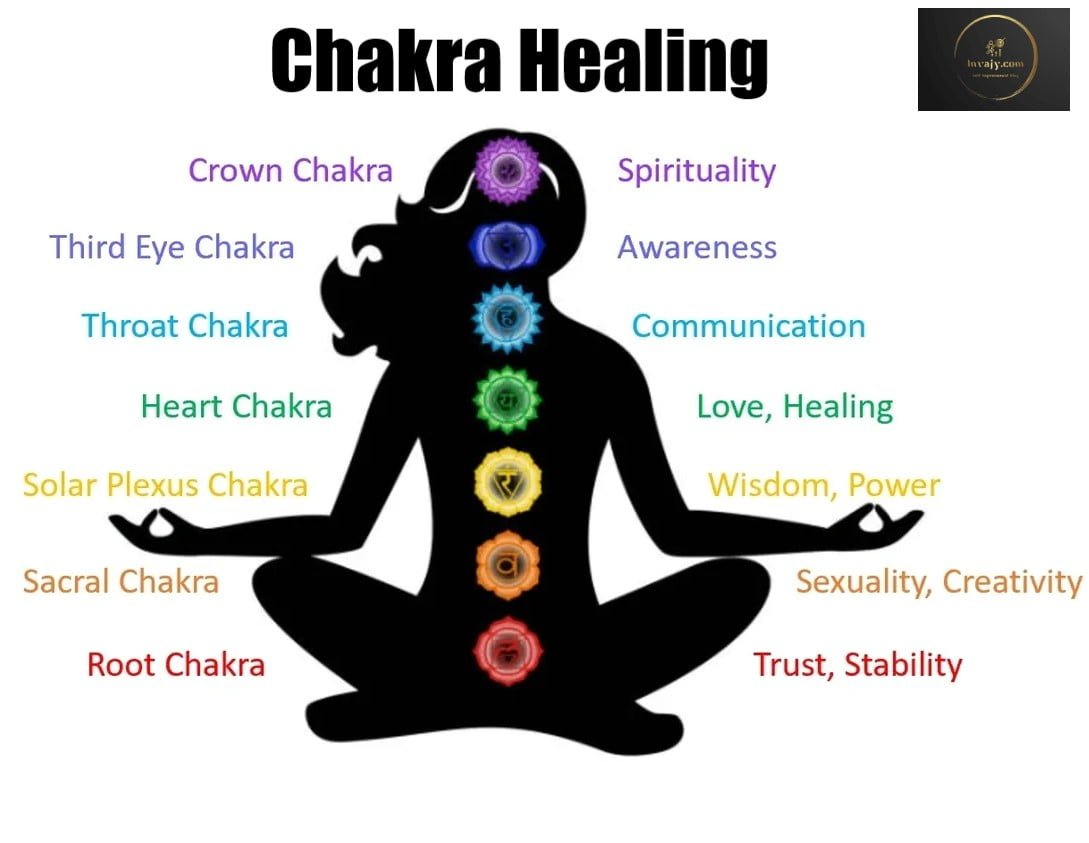
Embarking on a journey of self-discovery and holistic well-being often involves exploring practices like yoga, meditation, and energy healing. In this exploration, the concept of chakras, the energy centers within our bodies, emerges as a crucial element influencing both our physical and emotional states. In this article, we’ll closely examine the main chakras, exploring their locations along the spine and understanding how they influence our physical and mental health. We will also discuss strategies to keep these energy centers “open,” promoting holistic well-being.
What are Chakras?
Chakras, from the Sanskrit word, meaning “disk” or “wheel,” represent energy centers in your body corresponding bundles of nerves, major organs, and areas that affect your emotional and physical well-being. Chakras provide subtle energy that helps your organs, mind, and intellect work at their best level. They are thought to be spinning disks of energy that should stay “open” and balanced/aligned. Blockages in chakras may lead to physical or emotional symptoms related to a particular chakra.
The 7 Main Chakras
There are seven chakras that begin near the pelvis and move up to the head. While some believe there are over 100 chakras in the body, the focus here will be on the seven main ones.
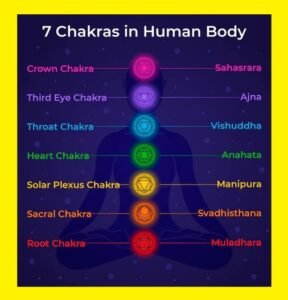
Root Chakra (Muladhara)
The root chakra, or muladhara in Sanskrit, is the first and primary chakra, believed to be located at the base of your spine. It is linked with the color red and the element earth.
It provides a foundation for life and promotes feelings of grounding, balance, peace, security, and stability.
Sacral Chakra (Svadhisthana)
The sacral chakra, or Svadhisthana, is located just below your belly button. It radiates the color orange and represents the element water.
This chakra governs sexual and creative energy and influence emotional connections.
Solar Plexus Chakra (Manipura)
The solar plexus chakra, or Manipura (means city of jewels), is located in your stomach area, between the ribcage and the nave. Its color is yellow, and it is tied to the fire element.
It’s responsible for confidence and self-esteem, as well as helping you feel in control of your life.
Heart Chakra (Anahata)
The heart chakra, or Anahata, is located near your heart, in the center of your chest. It acts as an integration point between lower and higher chakras. Its color is green, and its element is air.
It comes as no surprise that the heart chakra is all about your ability to love and show compassion.
Throat Chakra (Vishuddha)
The throat chakra, or Vishuddha, is located in your throat. The throat chakra’s color is blue, and its element is ether.
This chakra has to do with your ability to communicate verbally and self-expression.
Third Eye Chakra (Ajna)
The third eye chakra, or Ajna, is located between your eyebrows. The third eye chakra has no elemental association but is represented by color indigo.
Often used in asana practice as a focal point, the third eye chakra is believed to control your intellect, intuition, imagination, wisdom, and spiritual power.
Crown Chakra (Sahasrara)
The crown chakra, or Sahasrara, is located at the top of your head, the highest of the seven main chakras. The crown chakra color is violet or white.
Your Sahasrara represents your spiritual connection to yourself, others, and the universe. It also plays a role in your life’s purpose.
What Happens When a Chakra is Blocked or Unbalanced?
When a particular chakra is low in energy, you’ll have difficulty expressing the particular qualities associated with that chakra.
The impact of an unbalanced chakra may extend to nearby organs, bones, joints, and tissues. Psychologically, it may lead to emotional imbalances such as increased anger, sadness, fear, or indecisiveness.
Personal habits such as poor physical alignment or posture, unhealthy eating, or self-destructive behavior may also contribute to chakra imbalances. Prolonged imbalance may lead to physical disease and illness, musculoskeletal issues, and mental health challenges like depression or anxiety.
How do You Realign Your Chakras?
Chakra healing is a holistic approach to balancing and harmonizing the energy centers in your body. There are many practices that you may use to unblock, balance, heal, or align chakras that are out of balance. A great way to promote balance in a chakra is to create alignment in your physical body through yoga postures, breathing practices, and meditation.
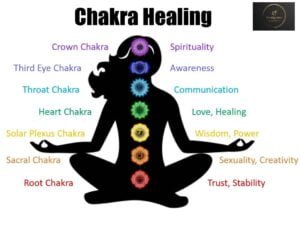
Meditation and Breathing Exercises
Meditation is one of the best chakra healing techniques, as it can help bring all of your chakras back into balance. When you meditate, you’re bringing your attention to the present moment and focusing on your breath. Meditation is a way to calm your mind, be present in your body, and focus on the moment. Some styles of meditation relate to the chakras. For example, people might picture a light or warmth on the area associated with each chakra. This may help to align your chakras, reduce stress, and help you respond more calmly to challenges in your life.
I personally recommend, it’s best to meditate on a regular basis, even if you’re not experiencing any problems with your chakras.
Yoga
Yoga, an ancient system for building spiritual and physical well-being, teaches that prana, or life energy, moves through your body and connects you to the universe. According to people who believe in the practice, yoga can help balance chakras through techniques like focused breathing, poses (exercises), and meditation and can help reduce stress and make you feel healthier.
Here are the yoga asanas for a particular chakra healing
- Muladhara (Root Chakra) >> Vrksasana (Tree Pose)
- Svadhisthana (Sacral Chakra) >> Malasana (Garland Pose)
- Manipura (Solar Plexus or Navel Chakra) >> Paripurna Navasana (Boat Pose)
- Anahata (Heart Chakra) >> Ustrasana (Camel Pose)
- Vishuddha (Throat Chakra) >> Salamba Sarvangasana (Supported Shoulder Stand)
- Ajna (Third-Eye Chakra) >> Sukhasana (Easy Pose)
- Sahasrara (Crown Chakra) >> Savasana (Corpse Pose)
Reiki
Reiki is an ancient Japanese healing technique that aims to declutter blocks, open and balance the charkas. With Reiki, a practitioner helps direct the flow of energy and light through your body and unblocks areas where energy might be stuck.
When applied to chakra healing, Reiki aims to clear blockages and enhance the flow of energy through the body’s seven main energy centers. By placing hands on or above specific chakras, practitioners facilitate the release of stagnant energy and promote a state of equilibrium. People who get Reiki often say it’s relaxing, and some think it helps their well-being.
Affirmations
One of the powerful tools used for chakra healing is affirmations. In short, they’re positive statements that reprogram your mind and install empowering beliefs, habits, and default thinking patterns.
You can try these affirmations for chakras for yourself:
Root chakra (Muladhara) >> “I am safe. I am enough as I am.”
Sacral chakra (Svadhisthana) >> “I am in touch with my emotions, feelings, and sensations. I enjoy my sensuality and creativity.”
Solar plexus chakra (Manipura) >> “I am empowered to create the life of my dreams. I am in control of my destiny.”
Heart chakra (Anahata) >> “Love is the answer to everything in life, and I give and receive love unconditionally”.
Throat chakra (Vishuddha) >> “I speak my truth freely and clearly. I allow others to have their truth.”
Third eye chakra (Ajna) >> “I see myself and others clearly. I am in touch with my intuition.”
Crown chakra (Sahasrara) >> “I am complete and one with the divine energy.”
Ayurveda
Ayurveda is a holistic system of health care based on ancient Indian texts. Many people still use it today. Ayurveda uses herbs, plants, metals, yoga, meditation, physical and spiritual exercises, and other treatments to balance chakras and improve well-being.
Color Therapy and Crystal Healing
People might associate certain colors, crystals, or stones with each of the chakras. Some people will look at a color or hold a crystal in their hands, or put it directly on the area of their body that’s near the chakra they want to balance.
Sound Healing
Sound can impact how you feel: from a sudden, loud noise in the next room causing your heart rate to jump, to the soothing sound of ocean waves. Listening to soothing music or nature sounds can help balance chakras. For example, you can listen to the sounds of waves crashing or birds chirping. If you don’t have easy access to nature sounds, try listening to a guided meditation that focuses on soothing sounds and nature.
The goal of sound therapy is to use audible vibrations to bring the body back into harmony and achieve its ‘prime resonance’ to restore health. This therapy is particularly useful for balancing the first chakra.
Candle Healing
Candle healing offers a powerful, holistic approach to chakra healing, providing a gentle yet effective means of restoring balance and harmony to your life. Chakra candles combine color therapy with aromatherapy and are a great way to enhance energy healing sessions and meditations. Different candles corresponds to a specific chakra and are designed to aid in opening, balancing, and healing that energy center.
The Bottom Line
Chakras refer to various energy centers in your body that correspond to specific nerve bundles and internal organs. The seven major chakras run from the base of your spine to the top of your head. If these energy centers get blocked, you may experience physical or emotional symptoms related to a particular chakra.
One way you may be able to unblock or rebalance your chakras is by doing certain yoga poses. Specific breathing exercises and meditation practices may also help.
If you’re not sure where to start or just want to know more about your chakras and how they may affect you, consider working with a professional energy healer, such as a reiki practitioner, or a certified yoga instructor.

